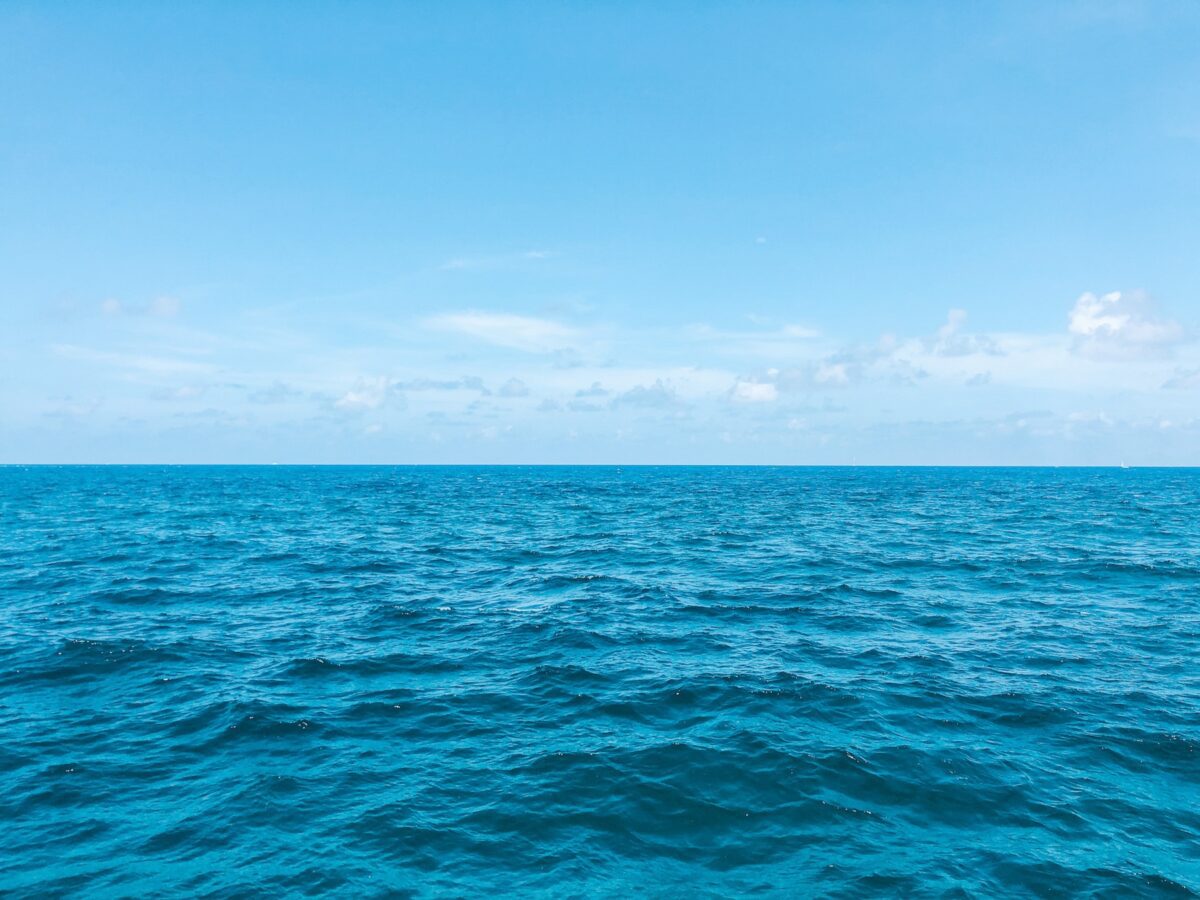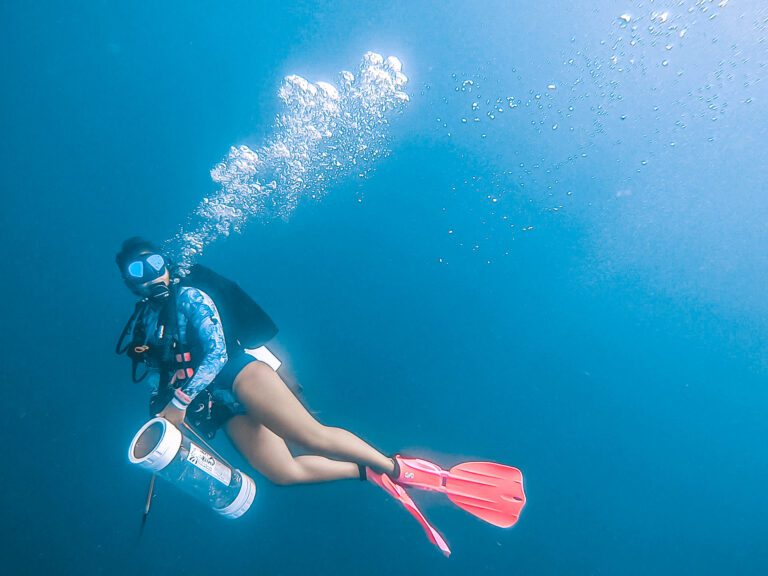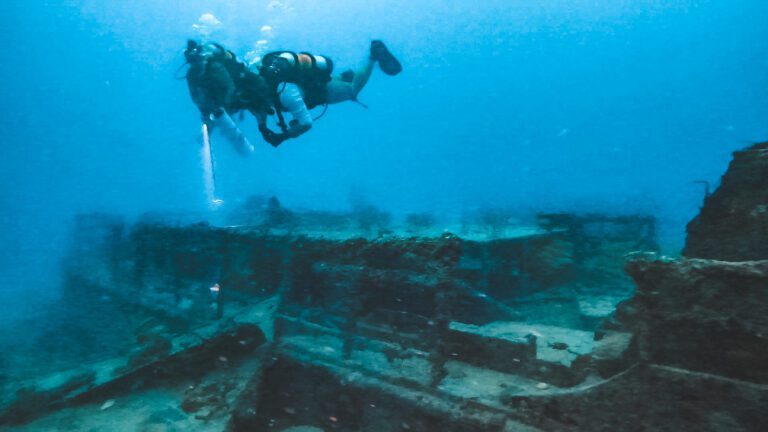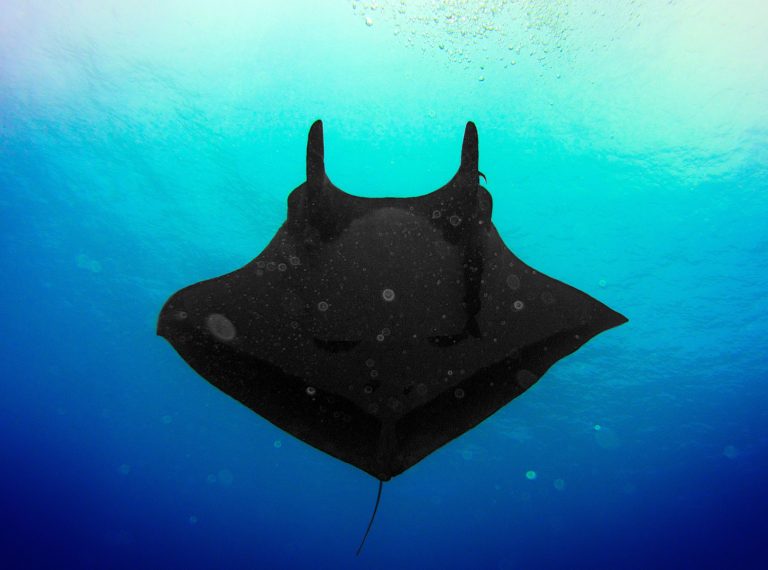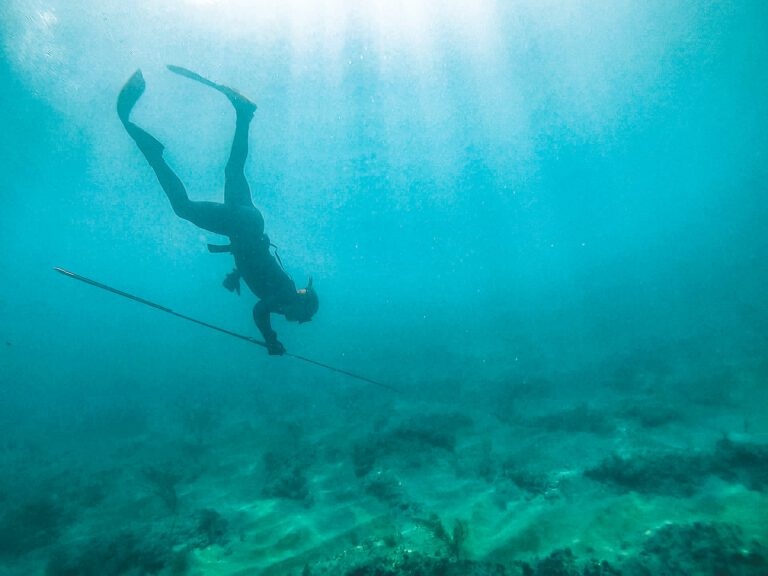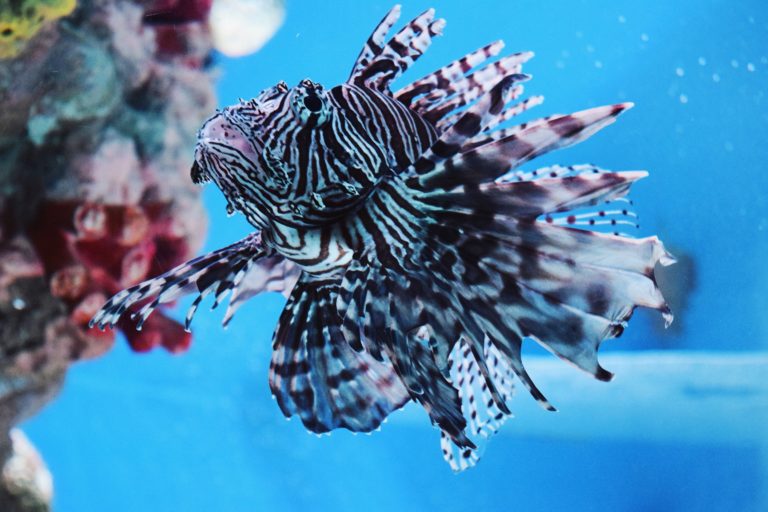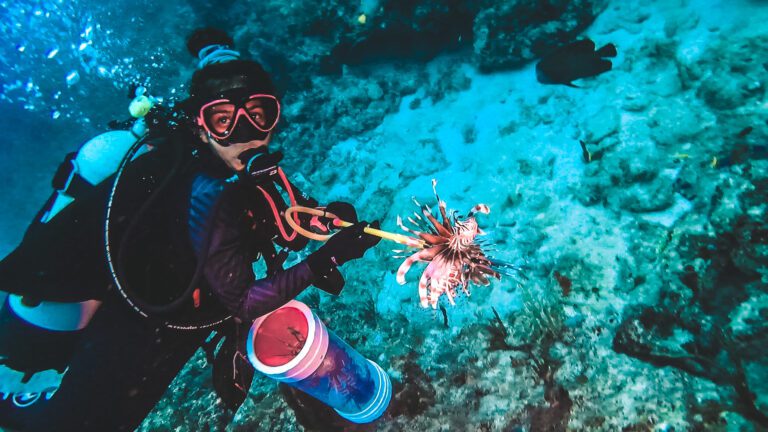How to Find the Best Dive Site for Lionfish Hunting
Half the battle of finding lionfish to hunt is selecting a dive site where they’ll actually be hanging out! For most, that’s easier said than done. But have no fear, if you follow these tips you’ll be well on your way to finding the best dive site for your lionfish hunting adventures!
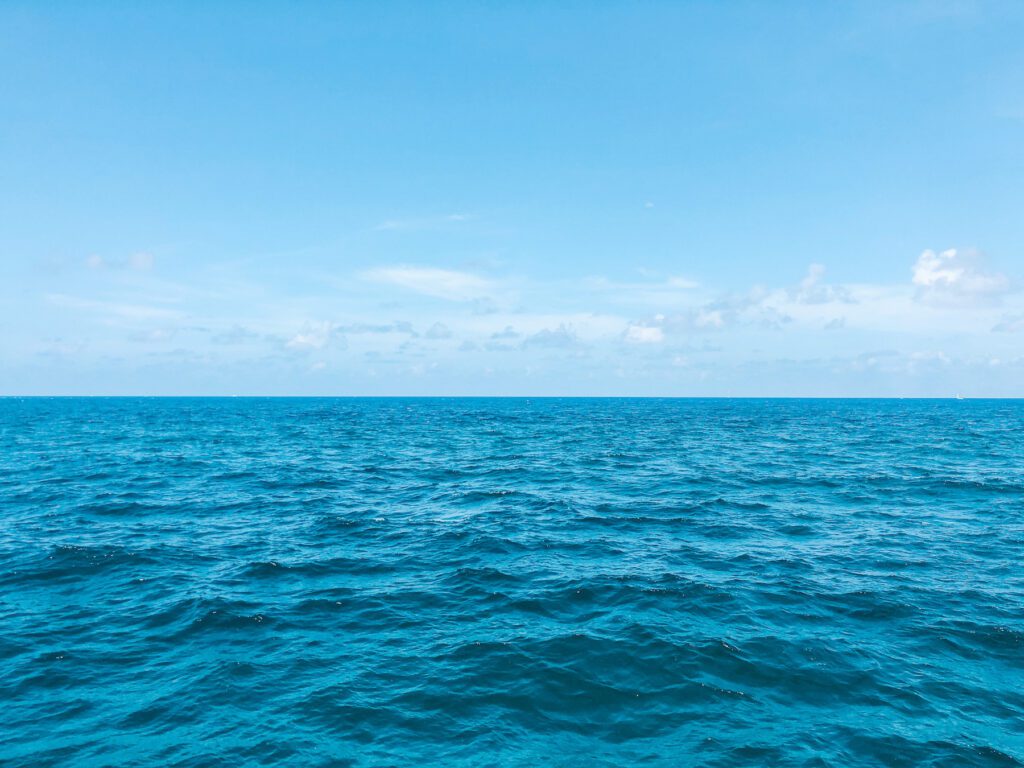
This article is part of our continual series, Lionfish Hunting: Everything You Need to Know. Follow along as we take you through every step on how to start hunting this invasive species with confidence!
- Lionfish Hunting: Everything You Need to Know
- Lionfish Hunting: Best Locations
- How to Find the Best Dive Site for Lionfish Hunting
- Lionfish Hunting: 7 Tips to Find Your Prey
- Spearfishing Lionfish: How to Shoot Your Prey
New to the Lionfish Hunting Scene?
If you’ve stumbled upon this article and you’re a bit confused, here’s a few articles we recommend you check out first:
– 18 Facts You Should Know About Lionfish
– Your Complete Guide to Hunting Lionfish
Like I said, half the battle in lionfish hunting comes before you’ve even entered the water. First, find the best location. Second, select the best dive site for lionfish hunting. The rest will come naturally.
If you don’t know where to start: we got you. Below, we’ll explain the most important factors when selecting the best dive site for lionfish hunting. By the end of the article, you’ll be confident to plunge into the depths to catch your next eco-friendly meal AND help save the environment.
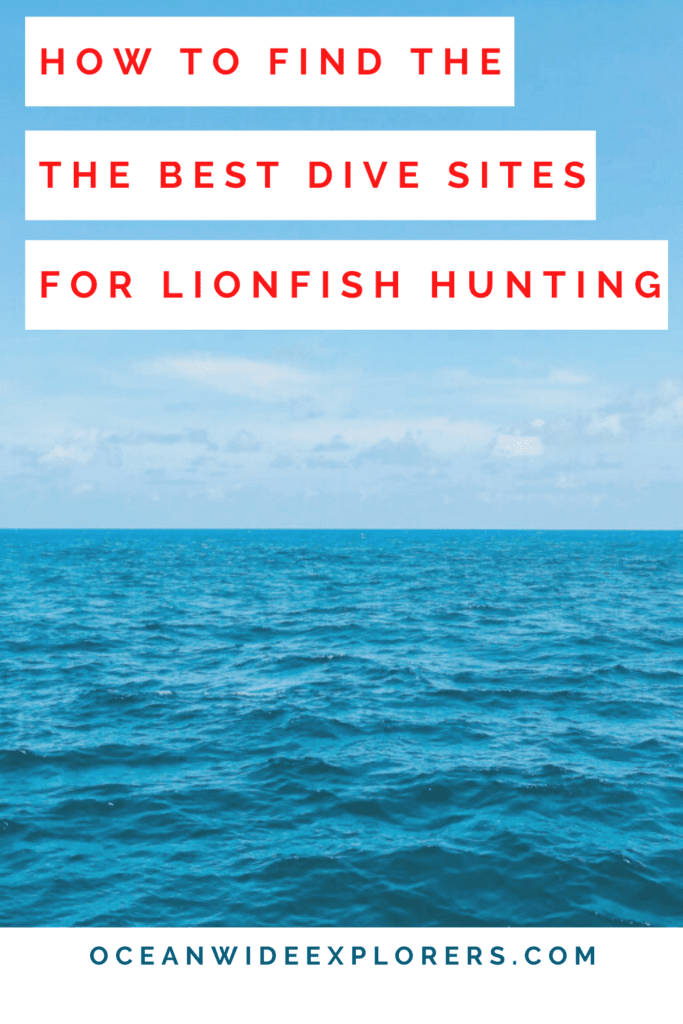
Best Dive Sites to Find Lionfish
Selecting the ideal dive site for lionfish hunting goes far beyond showing up or showing out; you have to make some important calculations first. Which, luckily, can be made based on lionfish behavioral research! After all, they’re a creature of habit. Yay science!
Consider these well-founded factors when selecting your hunting site. It may very well be the difference in these two coolers:
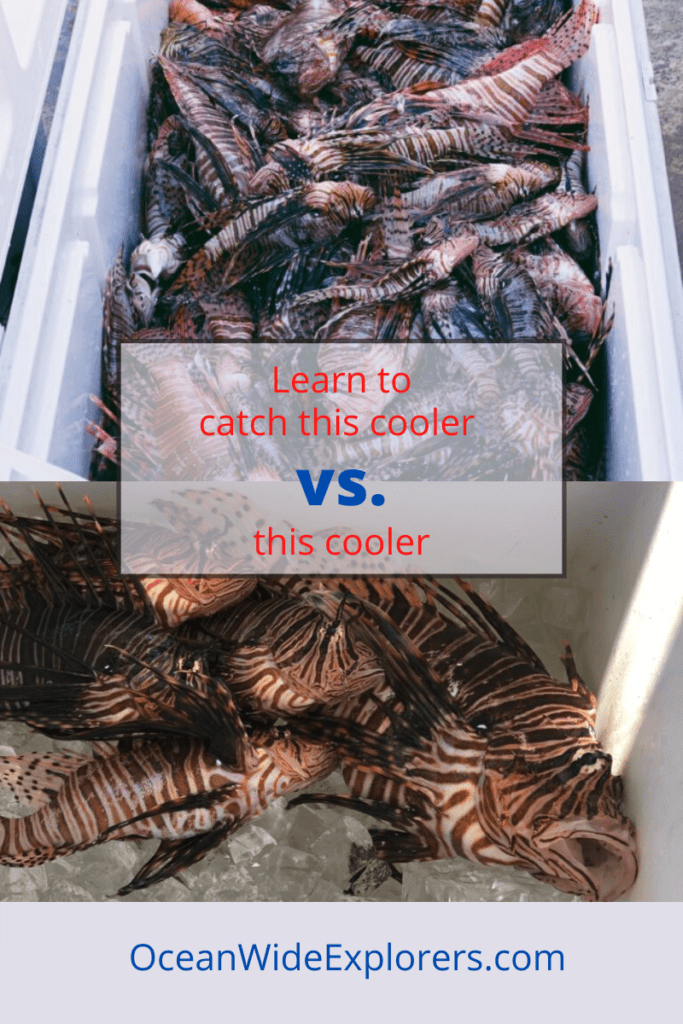
1. Foot Traffic
Or should I say, “dive traffic”. When selecting a dive site for lionfish hunting, ask yourself, “how often do divers go here?”
Generally speaking, more divers = more lionfish hunters = less lionfish. It’s a GREAT problem to have, honestly. After all, we’re trying to remove these things as much as possible, aren’t we?
That’s not to say as a hunter, it’s a wee bit frustrating. I mean, you’re just trying to put food on the table, amongst other reasons, right?
Let’s put it simply: the best way to find lionfish is going to a dive site that divers rarely go to. Remote ship wrecks, coral reefs, and other off the beaten path locations to name a few.
How in the world do you discover these locations? Ask a local! Most dive shops or charter boats will know the sweet spots. If not, walk down the fishing dock to ask a few local captains. Honestly, anyone with knowledge of the local waters will do.
PSA: Speaking of asking a local, if you want to know our sweet spots in Fort Lauderdale or the Florida Keys, be sure to send us an email! (Hint, hint, one of them is Hammerhead Reef).
2. Depth
Research is showing that the largest lionfish tend to hang out at greater depths – depths far past recreational dive limits. Of course, that’s not to say that the same isn’t true within our range.
Typically, you’ll find more (and bigger) lionfish at greater depths! Although we’re not entirely sure why – food supply, competition, and culling efforts may play a role.
Not to mention, our previous factor of dive traffic. After all, what do you think gets explored more by recreational divers? Deep, remote dive sites? Or easily accessed shallow sites? More lionfish may be found deeper simply because nobody hunts them at those depths!
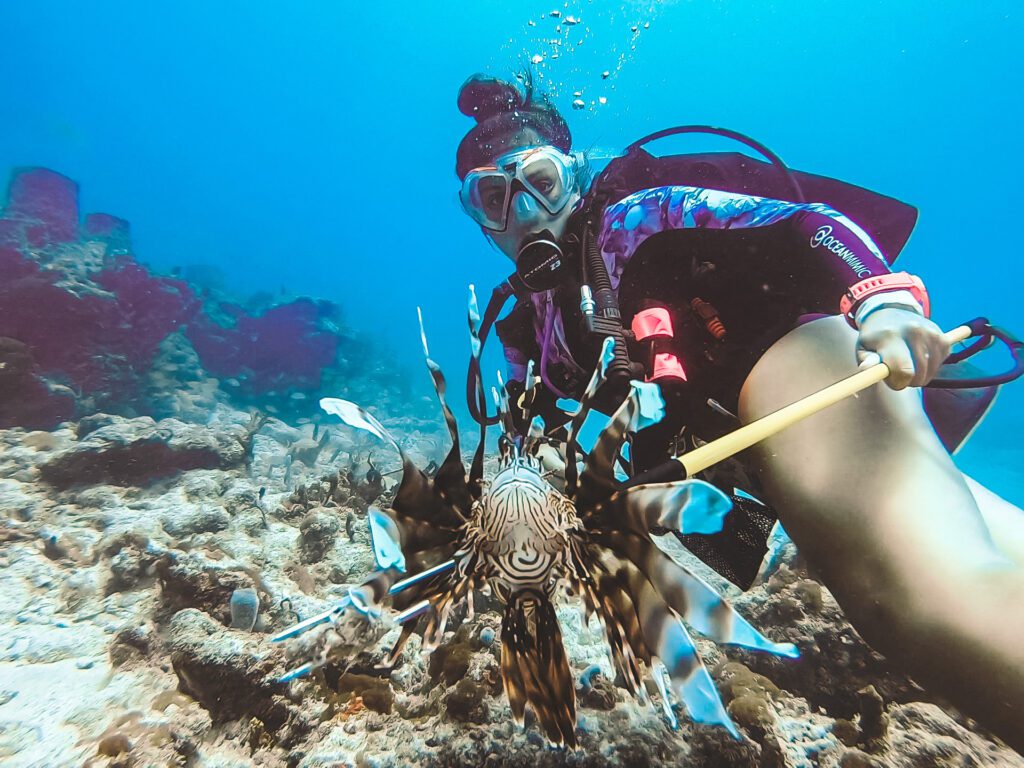
Planning your dives at the optimal depth to catch the most lionfish
When we plan our dives for optimal hunting we consider a few things. Sure, we could dive down to 90 – 100 feet on a remote wreck or reef, catch some monsters, and head back up 20 minutes later.
OR we could dive at a secluded coral reef in 45 feet of water, and stay for 45 minutes while covering a vast area. So, what’s better?
Tough to say. Honestly, that’s for you to decide and entirely dependent on your location. We say give a shot at both. Because, who knows? You might find a honey hole of lionfish 90 feet down and fill your containment system quick!
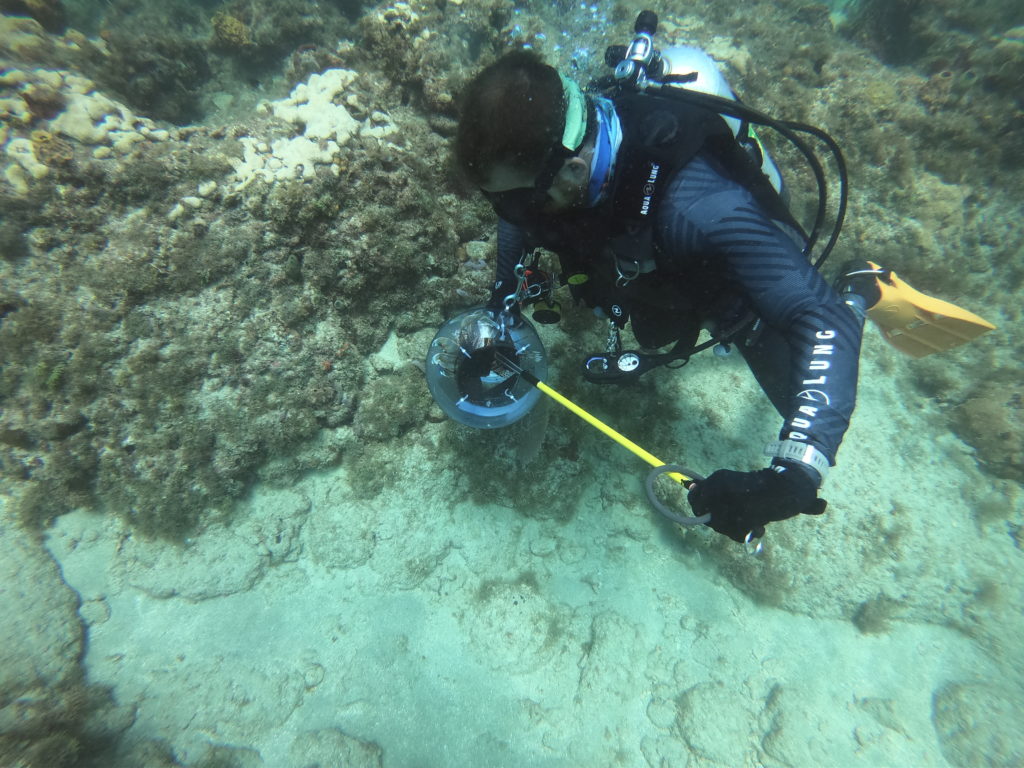
3. Type of Dive Site
Essentially, the question at hand is, “coral reef or artificial reef?”. Again, it’s a tough call.
We’ve had an incredible amount of success at natural coral reefs like Hammerhead Reef and Barracuda Reef in Fort Lauderdale. Most coral reefs with a well defined ledge provide a suitable habitat for the invasive species. For some reason, lionfish tend to gravitate under these ledges during the day.
But in the same breath, a remote shipwreck or other structure, is likely to be filled with lionfish too. However, if it’s a highly trafficked shipwreck, chances are slim.
OUR ADVICE: an off the beaten path artificial reef can provide the “honey hole” with loads of lionfish. If it’s highly trafficked, it may be a dud.
Coral reefs tend to be a sure thing. You may not get a lot, but you’re likely to get some.
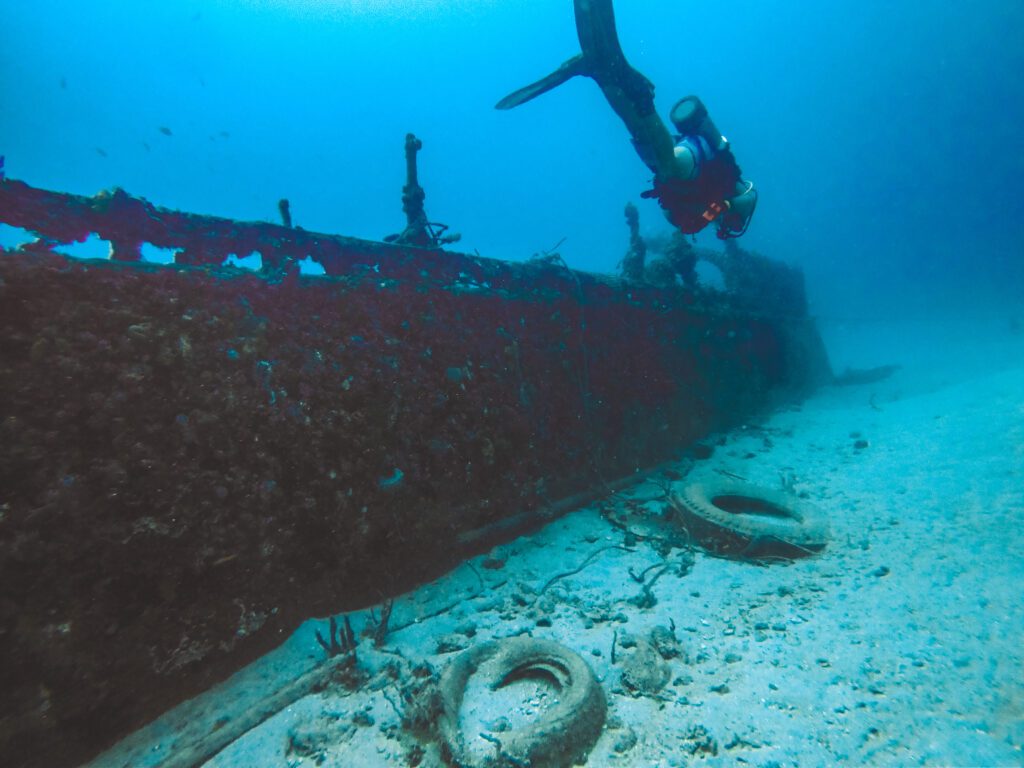
4. Type of Dive
Keep in mind the type of dive you’re doing. Ask yourself, is the boat stationary? Am I fighting a current? Are you doing a drift dive?
Drift dives tend to cover more area while using less air. More space and time to catch lionfish, if you ask me!
Just don’t go too fast, you may overlook some lionfish along the way!
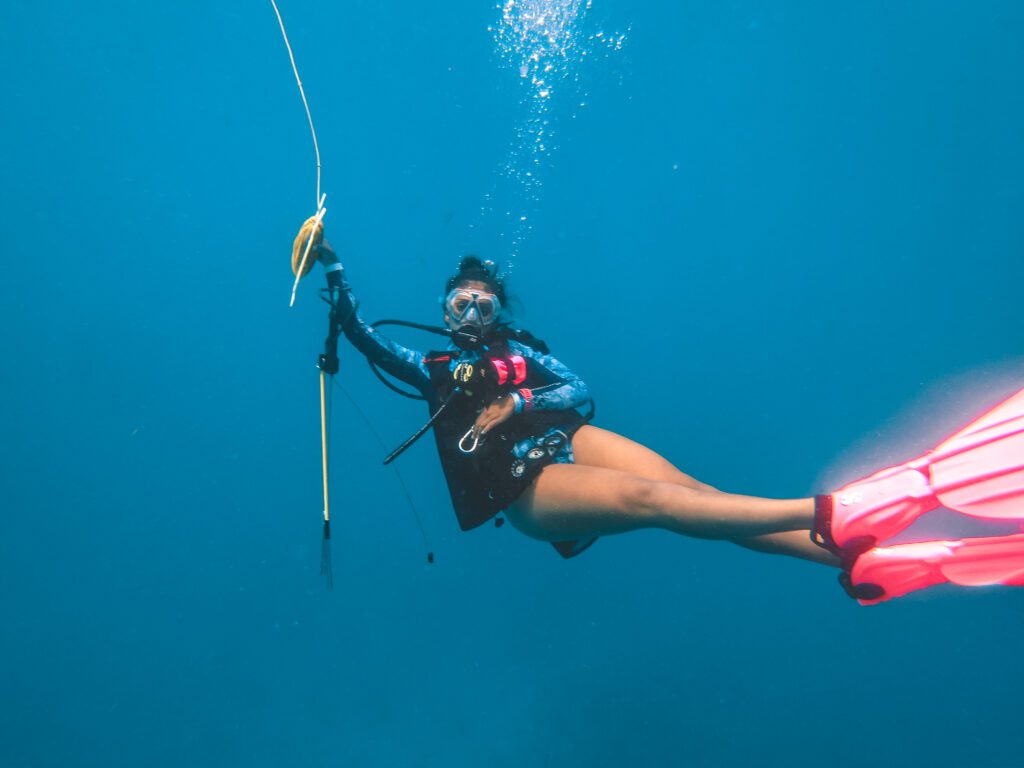
Finding the Best Dive Site for Lionfish Hunting: Final Thoughts
Finding the best dive site for lionfish hunting is easier said than done. Be sure to weigh all the factors when selecting – you’d hate to roll up to a spot just to find nothing. Although, it does happen.
We’ve had the most luck with coral reef systems in 40 – 60 feet of water – particularly with a drift dive. We can stay down longer, cover more area, and select a remote enough location where lionfish are abundant.
Obviously, this is our experience in South Florida and the Florida Keys. The best advice elsewhere may be slightly different. If all else fails, just ask a local dive shop!
Happy hunting, explorers!
Continuing the “Lionfish Hunting: Everything You Need to Know” Series
Next week, we’re discussing how to find lionfish underwater with our best tips to ensure you don’t miss ANY while hunting. In the mean time, enjoy other posts from our lionfish hunting series.
- Lionfish Hunting: Everything You Need to Know
- Lionfish Hunting: Best Locations
- How to Find the Best Dive Site for Lionfish Hunting
- Lionfish Hunting: 7 Tips to Find Your Prey
- Spearfishing Lionfish: How to Shoot Your Prey
Enjoy this Post? Pin it!

Read More Posts About Lionfish Hunting
We hope you enjoyed our post on how to find the best dive site for lionfish hunting. Hopefully you’ll find it useful on your next adventure! Here are a few more ocean-loving articles we think you should read next:
- Lionfish Hunting: Best Locations
- 18 Facts You Should Know About Lionfish
- 11 Tips to Catch More Lionfish
- Lionfish Hunting Gear
Best dive sites for lionfish hunting vary by location and diver. What’s your ideal dive site when hunting lionfish? Leave a comment below and let us know!

